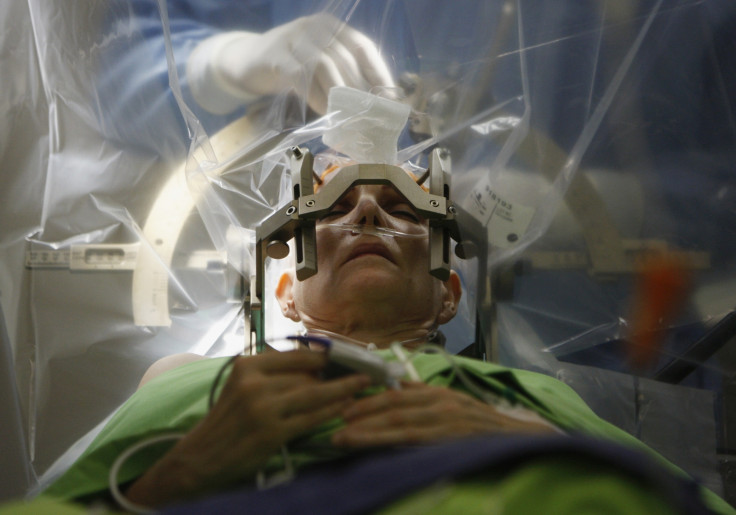Superhuman Power to 'Heal Yourself' Developed in Tiny Implant by Pentagon

A tiny implant similar to a pacemaker but the size of a needle point is being developed by the Pentagon to give humans the ability to heal themselves.
The military-sponsored programme, Electrical Prescriptions (ElectRx) sends electrical impulses to monitor the body's organs and heal these parts when they are injured or infected.
It is hoped that the programme will help reduce dependence on pharmaceutical drugs and offer a new way to treat illnesses. The device is being developed by the Defense Advanced Research Projects Agency (DARPA), a branch of the US Department of Defense.
"The technology DARPA plans to develop through the ElectRx program could fundamentally change the manner in which doctors diagnose, monitor and treat injury and illness," Doug Weber, programme manager for DARPA's biological technologies office, told Live Science.
The technology is being described as a little pacemaker, to keep the body in check - similarly to the way Wolverine can heal himself. It is small enough to be implanted using a needle, counting out the need for invasive surgery.
Because of its minute size, it can be placed in precisely the right area needed at nerve endings. According to DARPA, this minimises the side effects caused by implants whose electric impulses are not sent directly into nerve channels.
When it is implanted in the body, it assesses a person's condition and provides stimulus to the nerves to maintain healthy organ function.
The idea is founded on a physiological process called neuromodulation, when a given neutron uses one or more neurotransmitters to regulate diverse populations of neurons. Essentially, the peripheral nervous system regulates the status of internal organs, organising the responses to disease and infection.
Using an electrically charged implant, DARPA states it can keep neuromodulation under control. Electric impulses from the device will stimulate the nerve patterns that help the body heal itself, as when a person is sick or injured, the natural neuromodulation process can be thrown off - causing more damage to the person.
If the ElectRx programme is a success, it could be used to treat a range of conditions, including systemic inflammatory response syndrome and rheumatoid arthritis. In the future, it could be used to treat brain and mental health disorders.
© Copyright IBTimes 2025. All rights reserved.





















